This year, the largest Gran Fondo in the world, Etape du Tour, takes place in our Nice Côte d’Azur metropolis. G4 has therefore decided to prepare you for it through a series of blog articles. As we tell our stories, we will bring you a perfect knowledge of the route, professional advice, a feminine vision and give you advice on how to best approach the Tour Stage.
In this first Tour de Tour preparation blog, it seemed essential to explain the importance of physical preparation in cycling. We then called on a professional, Michel Garçonnet (Performbike). He explained to us why this part of the training is to be valued by detailing the advantages and the various contributions of physical preparation.
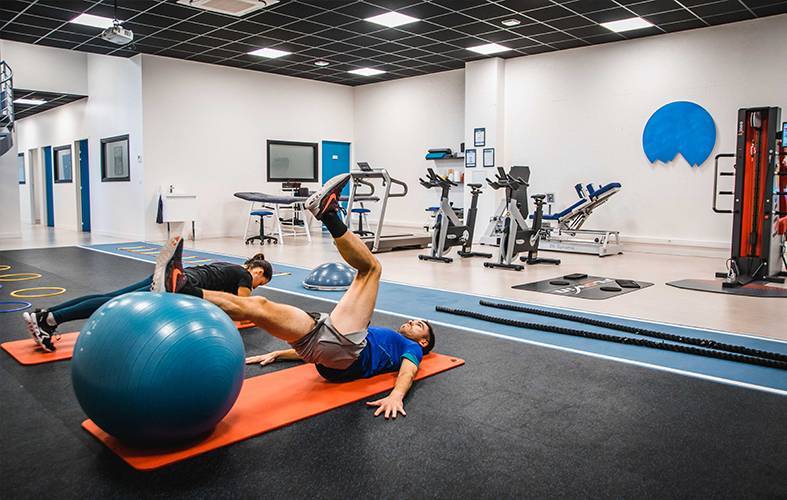
To start, we can divide the preparation into two axes, injury prevention, and performance improvement;
Etape du Tour Stage Preparation – Injury Prevention
This is the first reason why physical preparation is essential in a Tour Stage preparation. The worst thing that could happen to you within a few days of your cycle would be an injury. Your training was perfect but tendonitis wakes up a week before the event … this first axis is essential and it will constitute the first cycle of work. What is called PPG (generalized physical preparation). You will build your entire body to avoid injury from the bike.
Strengthening your back and abs
The most frequent pains from cycling come from the back and abdominals. You must have had neck or lower back pain once since you started cycling. Well building your abs as well as your entire back and lower back will seriously reduce or even make your pain go away. The risks of low back pain will become minimal or even nonexistent and you will be able to chain more hours of cycling, your body will crash.
Work on proprioception
The different climbs will be difficult and long on D-Day, as well as during your training period. Your Achilles tendons and your kneecaps will, therefore, be extremely stressed. This is where the risk of patellar tendonitis or Achilles tendon comes in. Proprioception is a long-term work that has many benefits. It will avoid these risks of injury but will also intervene in improving performance. We will come back to this a little later.
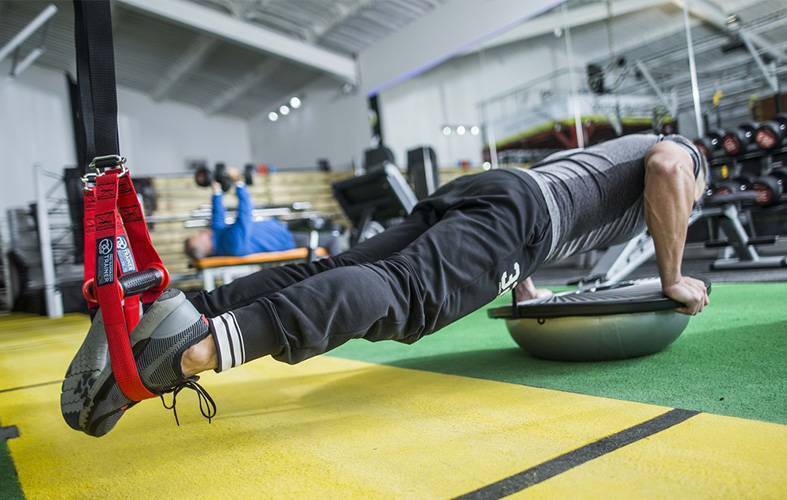
Work on complementary muscles
Certain muscles in your body are not used to working when you ride a bicycle. However, asking them during your physical preparation will increase the effectiveness of your movements (performance improvement). This solicitation will also strengthen the link between the different muscles which will consolidate your entire body. Take the example of adductors, contrary to popular belief, they are very little used on bikes. However, they maintain the link and the stability between the knee and the hip! They reduce parasitic movements.
Performance improvement through physical preparation
First, PPG prepares the body and makes it less vulnerable to injury. In a second step, we use PPS (Specific Physical Preparation), which will promote the increase and improvement of performance! this is the second cycle of work. The objective here will be to target the muscles necessary for pedaling to make them even more effective, without neglecting the annexed muscles.
Greater physical resistance
The longer the weeks of training, the greater the workload in order to progress. But if your body is not ready for this workload, you are going to enter what is called, overtraining. Instead of progressing, your body will tire and your performance will decrease… We do not wish that on anyone in preparation for the Tour Stage. PPS will then condition your body so that the increase in workloads does not undo the efforts made previously.
More efficiency in movements
If the work of muscle groups annexed to the practice of cycling itself is advised to avoid injury, it also allows to considerably increase performance. Take, for example, the example of adductors. We explained that they provide better support for the knees and hips. This support will also provide additional precision and strength when pedaling! We can make the same parallel with the trapezoids when we start dancing on a bike.
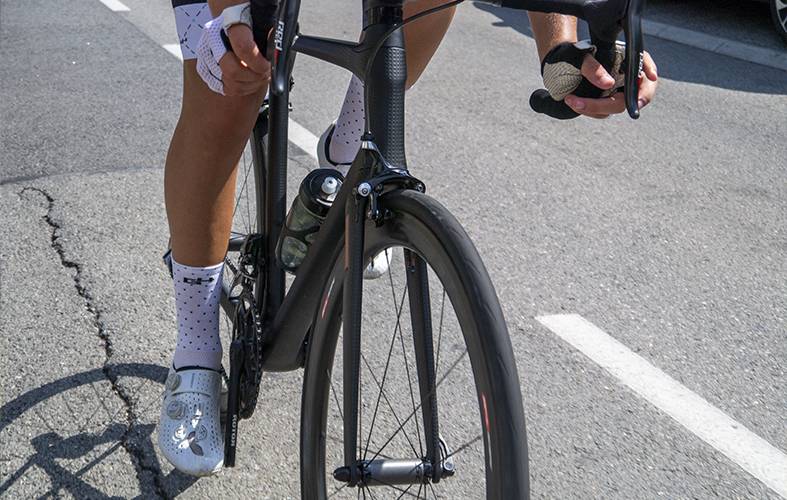
Better “steering”
During preparation for the Tour Stage, it will be important to also work downhill trajectories and cycling skills. Indeed, given the number of riders at the start, there are sometimes falls and if you are comfortable on the bike, this risk is reduced. Regarding the descents, it is important to understand that the positive and equal elevation or even less than the negative elevation! you will be going downhill half the time. Proprioception, which promotes balance and vision of your body in space, will greatly assist you in this skill work. Take the example of Peter Sagan, you have rarely seen him fall, whether in racing or training! He’s one of the cyclists who works hard on his proprioception. Obviously this is not the only way to progress in this area. He understood it well.
Complimentary sports as physical preparation
Part of the muscle-building can also be done through complementary sports. But which sport can add value to the practice of road cycling? We have listed four for you;
- Mountain biking: we stay on our two wheels, but this time in the undergrowth and paths. We often hear that all cycling practices, whatever they are, are complementary. That’s right! The mountain bike has a double contribution in training, it allows work on the level of the heart and increases the capacities of piloting.
- Running: the most common way to train and break the cycling routine. Running works the cardiovascular aspect; for an effort equal to the bicycle one observes a rhythm of 10 higher cardiac beats in CAP. Be careful, this practice must be anticipated with some preparation.
- Swimming: this sport has the particularity of working on all the muscle groups of the human body. It, therefore, promotes bodybuilding of the whole body. The second advantage, it helps the efficiency of breathing. Swimming is also a very good reinforcement for the back muscles.
- Skiing: like mountain biking, skiing develops piloting and trajectory capabilities. Add to that the reinforcement of the lower limbs and you can see the effectiveness of this winter sport in a Tour Stage preparation for example.
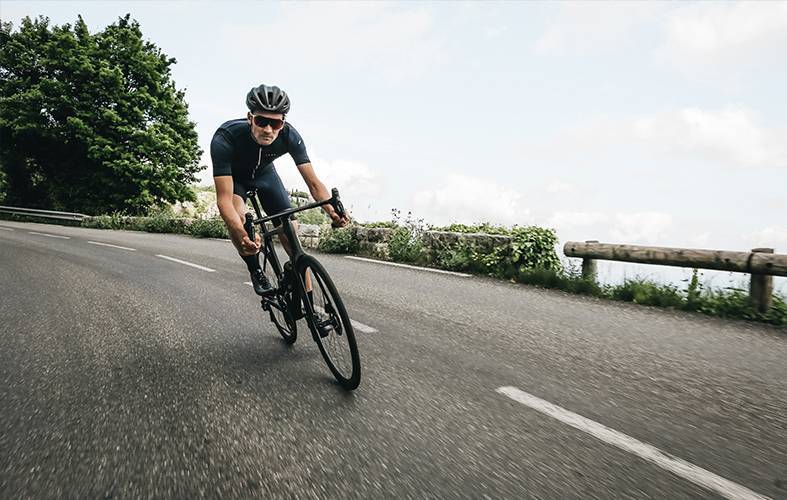
Place the PPG in the Tour Stage preparation
Are you convinced of the importance of physical preparation in the preparation of an objective like the Tour Stage but don’t know how to place it in your training schedule? Don’t panic, Michel Performbike advises you;
- 1st cycle (training weeks 1 and 2): he recommends one session per week of general physical preparation for injury prevention.
- 2nd cycle (training week 3 to 7): we go to 2 sessions per week of general physical preparation.
- 3rd cycle (training week 7 to 19): it’s time for you to target your specific physical preparation sessions. The goal is to prepare your body to handle the increased workloads.
- 4th cycle (week 19 to 22): you are close to the event, it is important not to tire your body. You can return to one session per week of general physical preparation. These are called reminders and maintenance sessions.
You now have all the physical preparation information in your Tour Stage preparation. Be careful however, bodybuilding is not to be taken lightly. The G4 team advises you to contact a professional like Michel Garçonnet (Performbike) to advise and guide you in the details of the exercises and the exact planning.

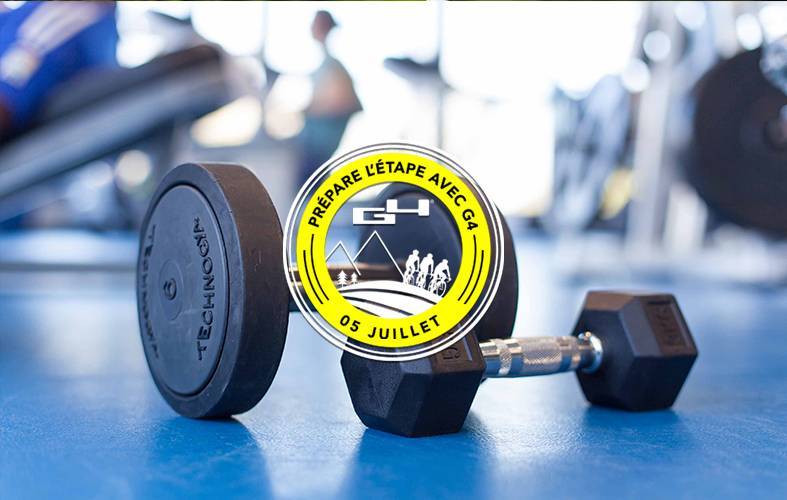
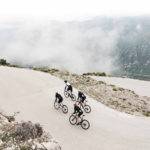
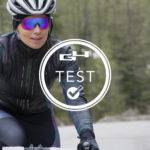
No Comments
Leave a comment Cancel